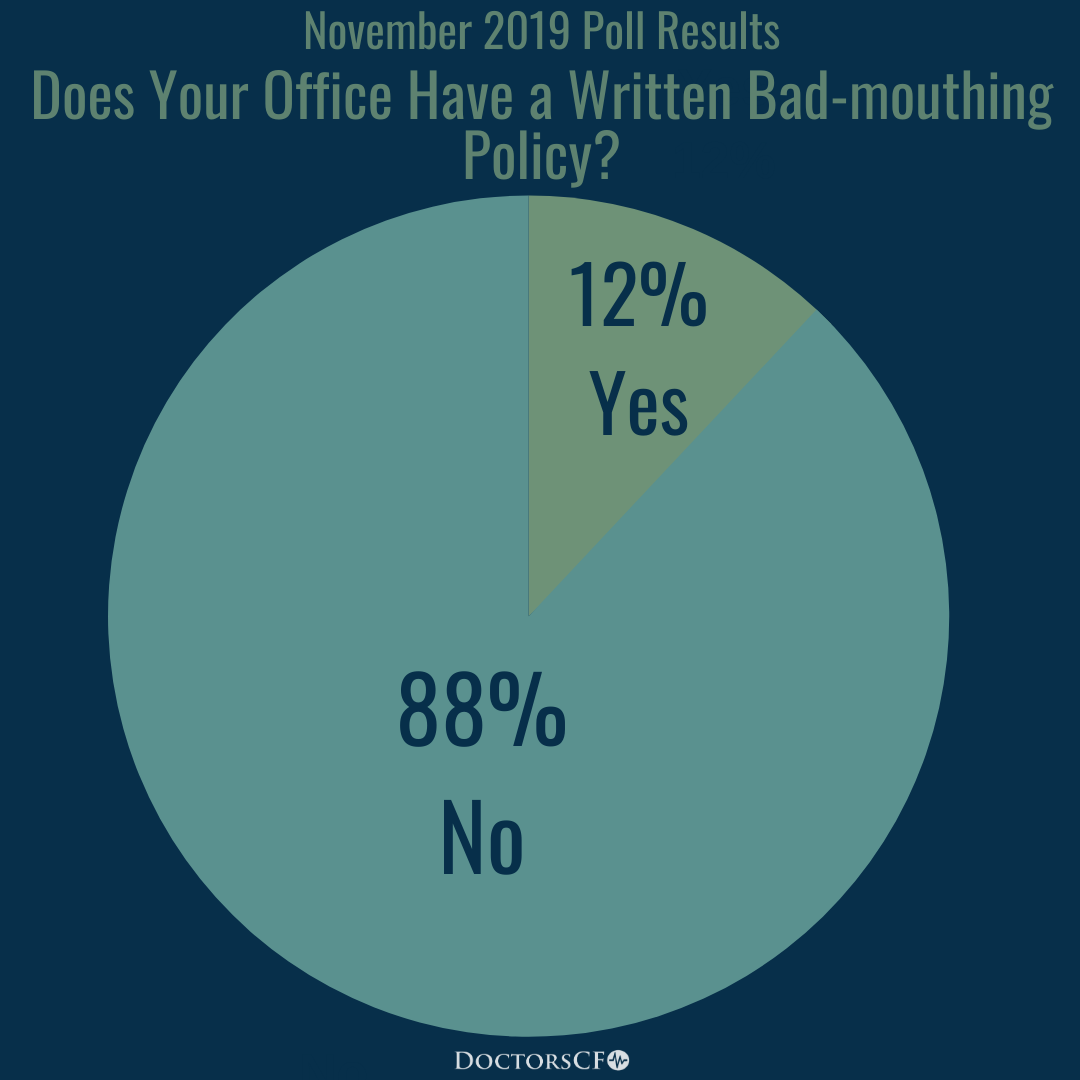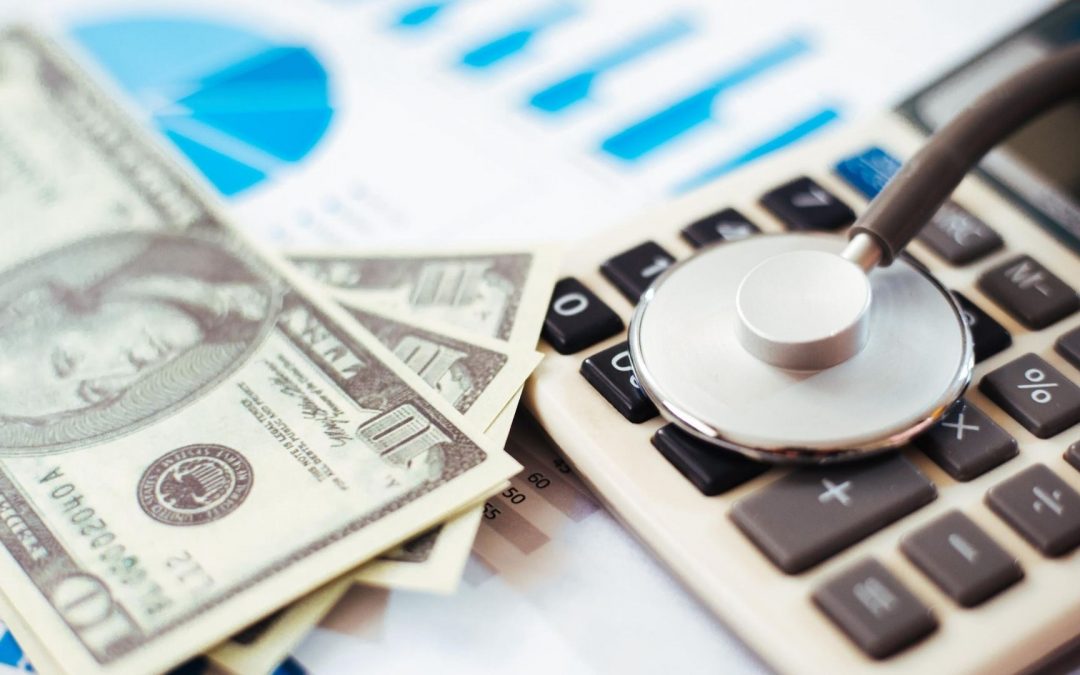Have you ever walked around your house and wondered “Why did I buy this?” when you have only used the item once or maybe never? The same thing may happen with medical and dental equipment if you are not really evaluating the Return On Investment (ROI) and profitability before you buy. Equipment purchases should pay themselves off within 3 years or less. If they don’t, it is not a good decision for your practice. In order to pay off purchases quickly, you need to have a plan. How much do you need to charge? How often do you need to use it? What will labor cost and is there a way to reduce it? Also, are there any additional supplies or marketing related to the equipment?
As you can see, a lot of variables go into determining what makes a good purchase for your practice. Something that may be a good purchase for one practice may not make sense for yours since every office has unique patient demands. For an equipment purchase simulation for your practice.
We have taken the risk and guesswork out of making equipment purchases for practices with our Equipment Purchase Simulations. They create a profitability contribution margin by analyzing the total amount paid for the equipment including maintenance fees, staff wages, commissions, marketing costs and more to perform the treatment versus the estimated price and monthly usage. With this information, the software will provide a contribution margin percentage. It will convert the sales price into an annualized price based off of a monthly usage estimate. It will also determine the years to pay back based on use. With this information, you can model new medical equipment or procedures to justify whether a purchase is a good decision for your practice. You can also determine if you could change your fee schedule, and detect ways to increase practice production in general.
Elements to the Equipment Purchase Simulation:
Total Purchase Price
- This will include taxes, setup, training, etc.
Years Equipment Will Be in Service
- How long do you think this equipment will be competitive?
- Typically equipment needs to be upgraded every 3-5 years.
Range of Treatment Prices from Low to High
- Lowest Procedure / Service Price
- Most Likely Procedure / Service Price
- Highest Procedure / Service Price
- This range is important because down the road you may need to lower the price to stay competitive.
Directly Related Supply Costs
- This includes any treatment or material supply cost directly related to the procedure.
Labor Cost for Hourly and Commission Employees
- This will be an hourly amount of how much you pay the employee completing the service.
Length of Time to Complete Treatment
- In hours, how long does the treatment or service take to be performed?
Specific Marketing Campaign
- Will there be a specific marketing campaign for this new equipment?
With this information, we can provide you with the answer as to whether or not any purchase is a good decision.

To participate in this week’s poll, please subscribe to our mailing list and follow us on Instagram. “The Last Time You Purchased Equipment What level of Analysis Did You Use?”
Prior Article Poll Results
Our last blog was about bad-mouthing other doctors or dentists. Our poll asked “Does Your Office Have a Written Bad-mouthing Policy?” Based on the responses we received, 88% said no and 12% said yes.

The reason we are publishing these articles is so that your office can increase its success. We appreciate your feedback on how we can help you more and love it when you pass these articles along to other practice owners and office managers.
Developing a management report is not easy and Doctors CFO currently has a robust model for most practice types that is customized for our monthly and bi-monthly clients. If you have questions on how this model applies to your practice or you are interested in applying the Doctors CFO model in your practice, via one of our annual, bi-monthly or monthly assessments, please contact us.
(c) 2019 Doctors CFO, All Rights Reserved.



Recent Comments